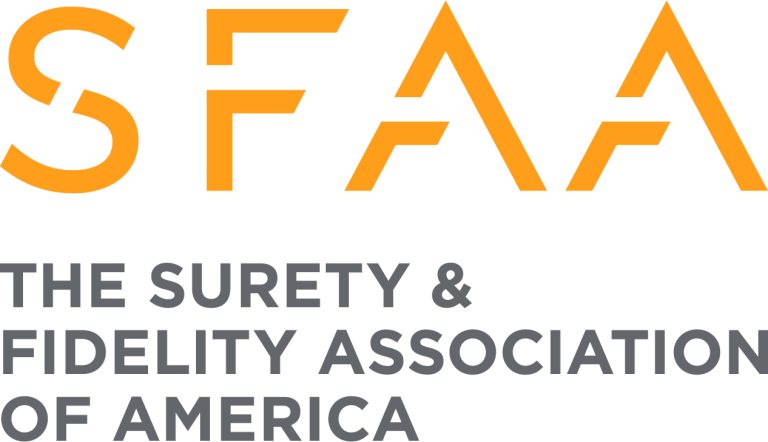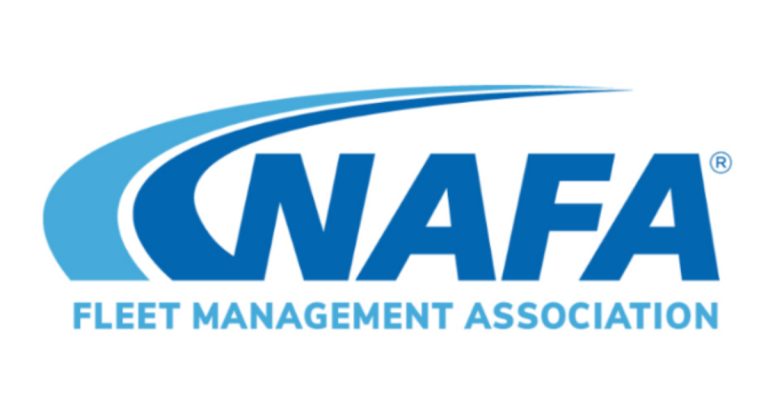
Amber and her husband have successfully reduced their non-housing debt burden from US$160,000 to US$119,000 in just one year.
For most people, that would be a massive achievement. But for personal finance celebrity Dave Ramsey, this rate of progress and the outstanding debt burden is “embarrassing.”
That’s because the Los Angeles-based couple both work as engineers and earn a combined annual income of US$300,000.
Surprisingly, their monthly mortgage payments are just US$5,000, which means the house isn’t the root cause of their financial trouble.
“It takes [US]$60,000 a year to pay your house payment, so if you were to live on [US]$200,000, you would be debt-free in a little over a year,” Ramsey told her on a recent episode of “The Ramsey Show.” “Kind of sounds absurd when I say it that way, doesn’t it? Where the flip are you people spending money?”
Digging into the details, he discovered how easy it is for high-income households to slip into bad spending habits and unnecessary debt.
Reckless spending habits
Since the monthly mortgage payments are not outrageous, Ramsey suspected Amber and her husband have a reckless spending problem that’s preventing them from paying off their debt. “Your lifestyle is eating you alive somewhere,” he said.
Amber said they had several unexpected expenses recently, like needing a new AC, furnace and fence, and she also admitted they like to take vacations since their work is taxing. Her husband even had to sell one of his cars to pay off a contractor to fix a leak they had.
But Ramsey wasn’t convinced. “A furnace doesn’t throw this thing off as far as it’s off. We’re off [US]$100,000 a year.”
Their situation highlights how many high-income households succumb to lifestyle creep across North America. A shocking 85% of Canadians feel that living paycheque to paycheque is the new norm, according to a 2025 study conducted by H&R Block. Furthermore, 74% of Canadians worry they’re not putting enough money aside into their savings account, showcasing how many feel that their income is being stretched extremely thin.
Despite their high income, individuals in this bracket seem to struggle to build savings or get ahead financially.
To manage the debt, Amber said she’s considering a Home Equity Line of Credit (HELOC) that could consolidate the remaining US$119,000 balance. However, Ramsey is convinced that’s a bad idea.
Debt consolidation is a "con"
Consolidating consumer debt with a HELOC may be considered a savvy financial move by some. After all, HELOCs tend to have lower interest rates than many forms of consumer debt and it’s easier for most people to make a single debt payment rather than manage multiple different forms of credit every month.
However, Ramsey isn’t a fan of this financial engineering maneuver. “No you should not try to borrow your way out of debt,” he bluntly told Amber. “It’s a con, because you don’t change a person in your mirror, your habits are still there. You’re going to go right back into debt.”
Instead of consolidating, he recommended cutting back on spending to start setting aside $8,000 a month to pay off the debt.
Although it’s difficult to shift spending habits overnight, if Amber and her husband can manage to do so they might be able to achieve debt-free status in just 15 months.
Sources
1. H&R Block: Are Emaciated Canadian Piggybanks Today’s Reality? (Apr 2, 2025)
This article provides information only and should not be construed as advice. It is provided without warranty of any kind.


